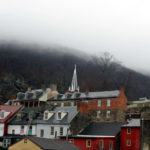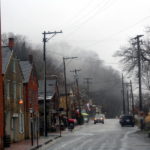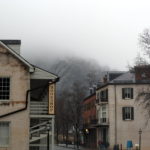Background
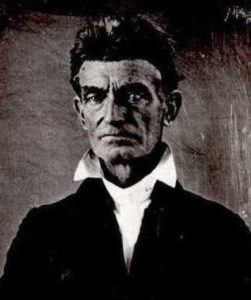
On October 16, 1859, John Brown and and a small group of fellow abolitionists seized control of a weapons arsenal in Harpers Ferry, West Virginia in the hopes of starting an armed slave rebellion. The raid was very short-lived and unsuccessful, much like attempted takeover of Dublin Castle. Within two days, Robert E. Lee arrived, crushing the rebellion and capturing Brown, who was found guilty of treason and executed on December 2nd (Kretsinger-Harries 69). Nevertheless, it was a major catalyst of the Civil War that would erupt merely two years later.
Commemoration History
The raid immediately polarized the country, dividing those who saw Brown as a hero for freedom from those who viewed him as a treasonous villain (Kretsinger-Harries
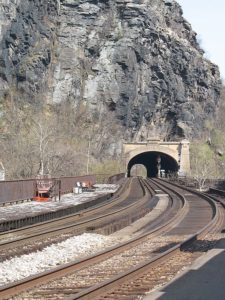
69). The commemoration of the raid was likewise controversial. For many years after the Civil War, life in the town of Harpers Ferry continued as usual. In 1959, however, the National Parks service planned to mark the centennial of Brown’s raid by commemorating it as the significant event in Civil War history that it was; when the Civil War Centennial Commission found out, they intervened for fear of angering Southern whites (Kretsinger-Harries 69) by appearing to honor an event that flew in the face of Southern pride.
“…The CWCC sought to craft a narrative of the Civil War that would promote national unity.”
–“Commemoration Controversy: The Harpers Ferry Raid Centennial as a Challenge to Dominant Public Memories of the U.S. Civil War” by Anne C. Kretsinger-Harries
For any sort of commemoration to occur, therefore, the Harpers Ferry Area Foundation needed to step in; amazingly, they were able to orchestrate an event that offended very few people, one that commemorated–but did not “celebrate”–John Brown’s raid (Kretsinger-Harries 85).
Significance Today
Today, Harpers Ferry is officially a National Historic Park, but one lacking the monuments and overall conceptual design of Gettysburg. Hiking trails and ranger programs are offered at the park, but it does not have the same constructed feel of a place filled with monuments and tombstones. One does not leave with the same sense of awe that Gettysburg inspires, but it can also give Harpers Ferry a more genuine feel that it is not designed to do so.
Connection to the Easter Rising
At the time of John Brown’s raid, Harpers Ferry as a location was pivotal to his plans, much like the leaders of the Easter Rising felt that a successful takeover of Dublin Castle would ensure their success. Both groups, of course, ultimately met with crushing defeat at the hands of legal authorities. As such, historical memory of John Brown poses a difficult question in a similar way to the historical memory of the leaders of the Easter Rising–should he be hailed as a heroic abolitionist or condemned as a radical terrorist? Or does his somewhat ambiguous character leave room for elements of both? This is, of course, the question with which all commemoration struggles–how opinionated of a stand to take on an event, and how much to leave up to the public’s imagination.

